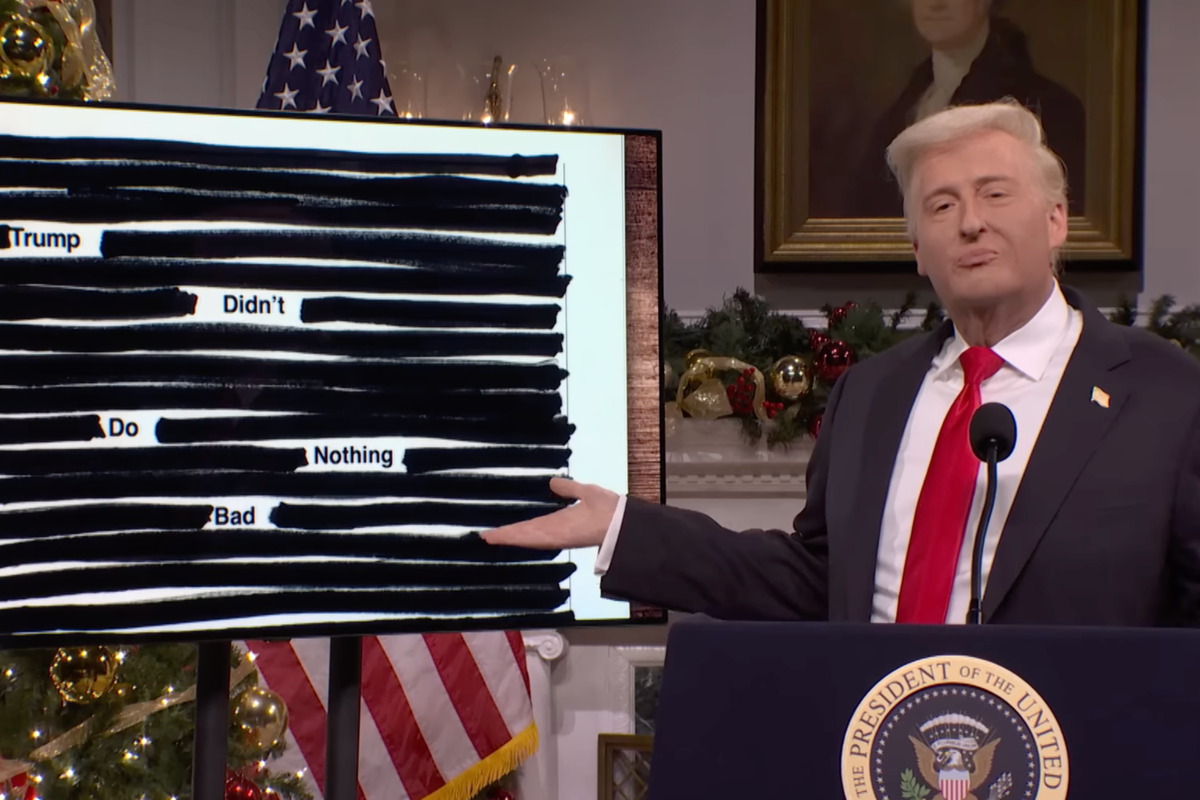Harriet Brewis
Dec 20, 2023
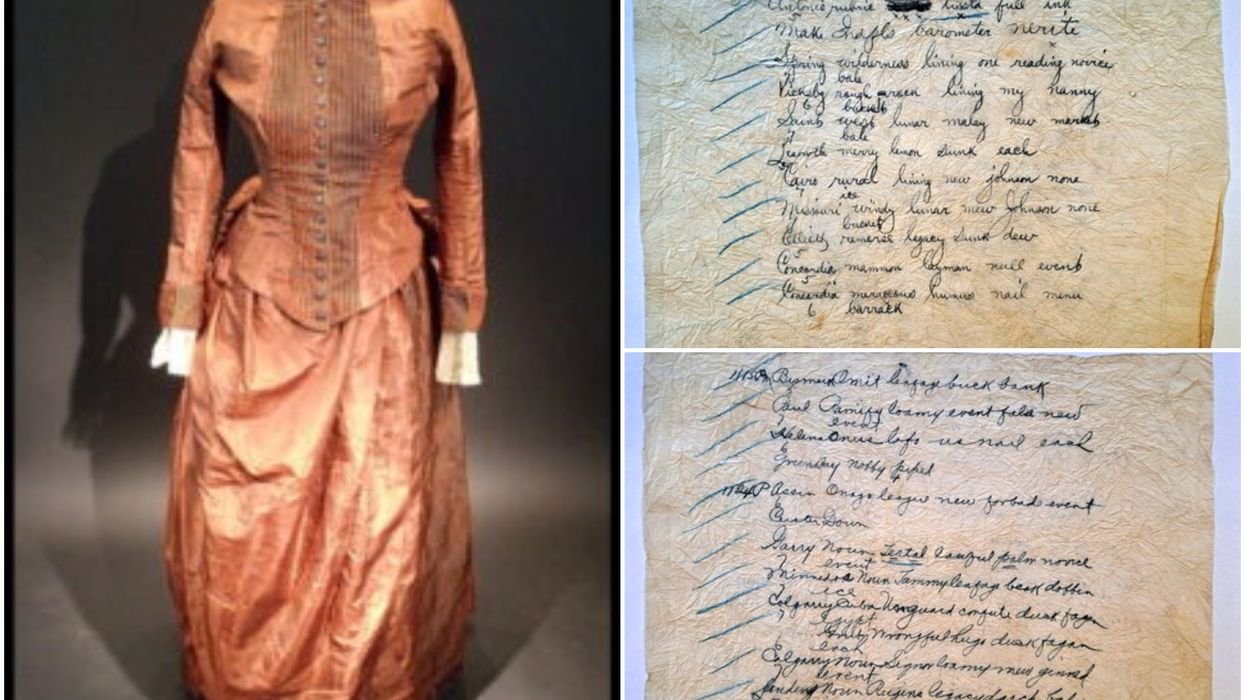
Costume enthusiast Sara Rivers-Cofield was stunned to find the nonsensical scribblings in the Victorian dress she'd just bought
(Sara Rivers-Cofield)
When a woman bought a Victorian dress at an antique shop, she couldn’t have imagined it would become the stuff of internet legend almost 10 years on.
Sara Rivers-Cofield, an archaeological curator and costume enthusiast, couldn’t resist the silk bustle gown when she spotted it at a mall in Maine, New England, so she took it home, despite it being outside her normal price range.
It was only upon conducting her “usual post-purchase inspection” that she turned the skirt inside out and discovered a hidden pocket containing two sheets of paper scrunched up into a ball.
“There [my mom and I] were thinking we'd stumbled upon some historic letter,” she wrote in a blog post back in February 2014.
“And then we were standing there, each with a freshly unballed sheet of paper, and each suffering from complete bafflement.
“The writing is readable, but it makes no sense!”
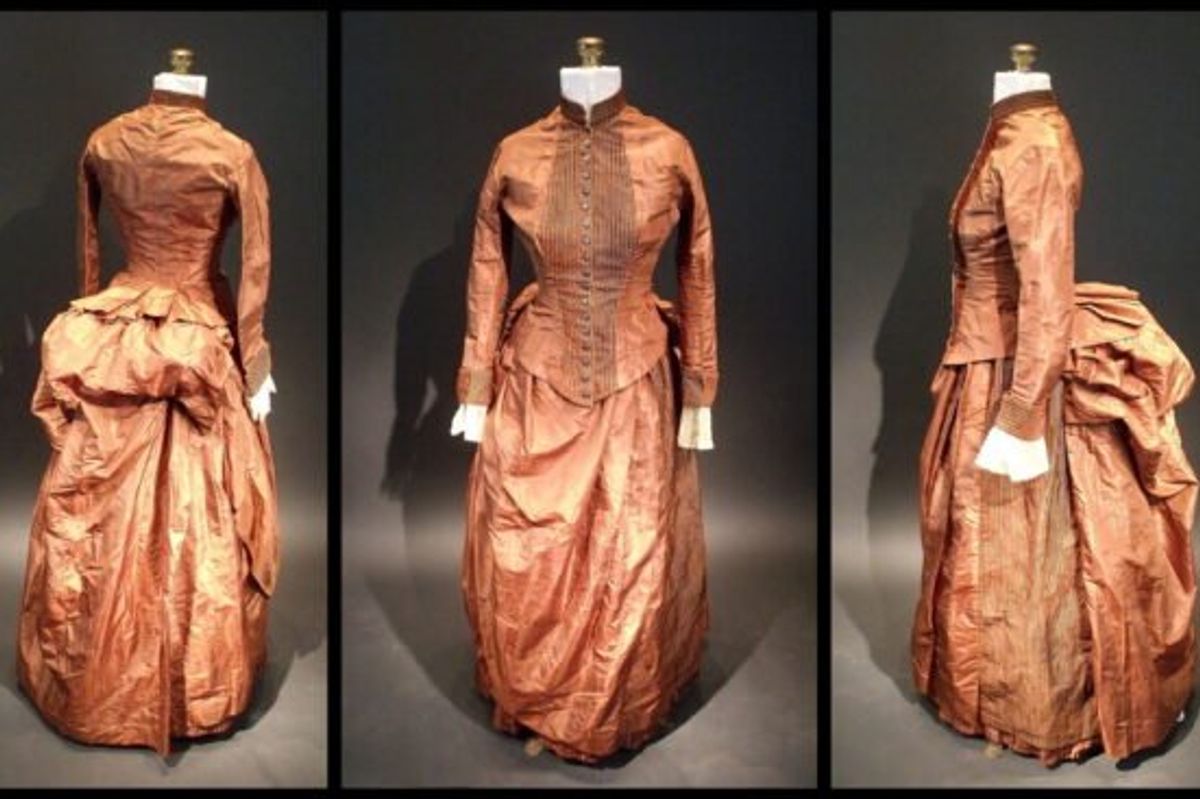
The notes consisted of 24 lines of apparent gobbledygook, including the likes of: “Bismark Omit leafage buck bank,” and “Paul Ramify loamy event false new event.”
Rivers-Cofield explained that she initially thought it must be some sort of writing exercise or list, but noticed “weird time-like notes in the margin”, and different coloured marks for each line.
“I feel like those clues actually DO point to code of some kind,” she wrote, adding pictures of the papers “in case there's some decoding prodigy out there looking for a project.”
Well, it transpires that many decoders were out there looking for a project. But, for years, not one of them could figure out what it all meant.
Indeed, some even hailed the “Silk Dress cryptogram” as one of the top 50 unsolved encrypted messages in the world.
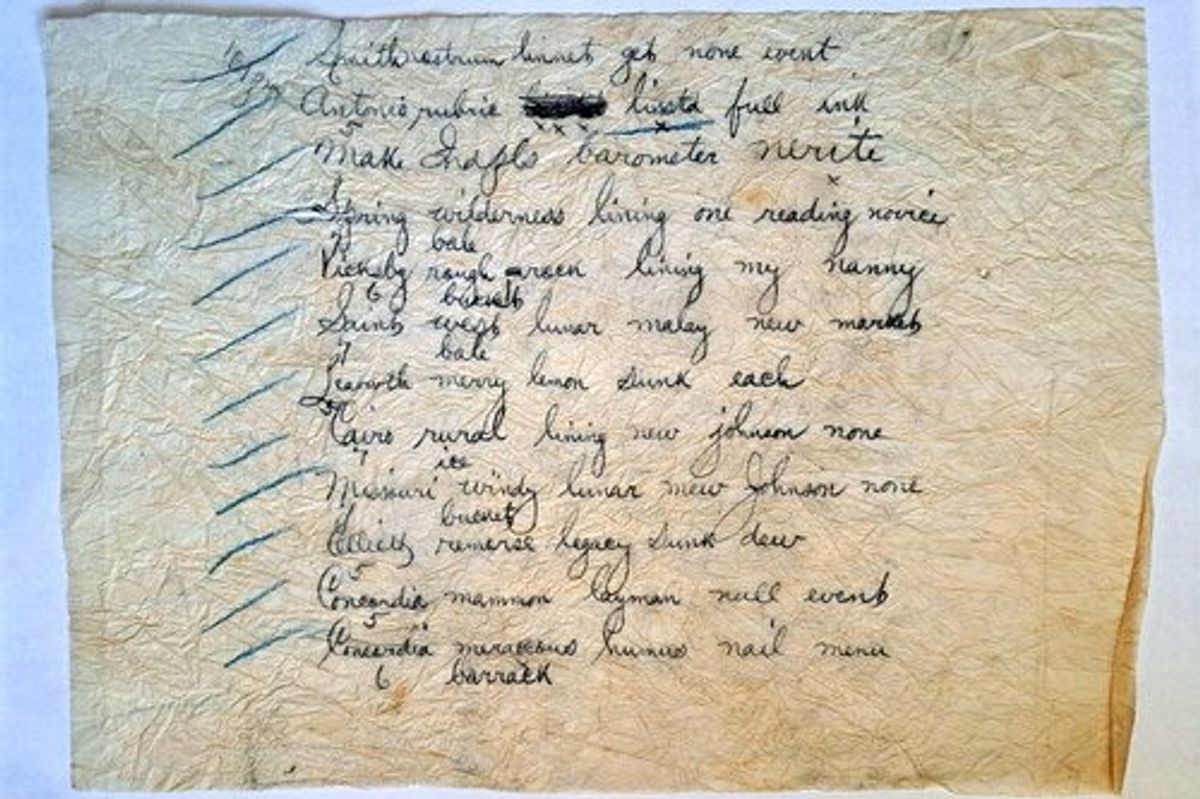
Then in August this year, more than nine years after Rivers-Cofield made her extravagant purchase, a computer analyst revealed that he’d finally cracked it.
"When the Silk Dress cryptogram was first published online, theories abounded about the content of the mysterious messages,” Wayne Chan, a computer analyst at Canada’s University of Manitoba, wrote in a paper on his work.
“Were they secret spy messages? Did they relate to illicit gambling?"
However, he said, the reality of the messages was much more prosaic – they were simply weather observations.
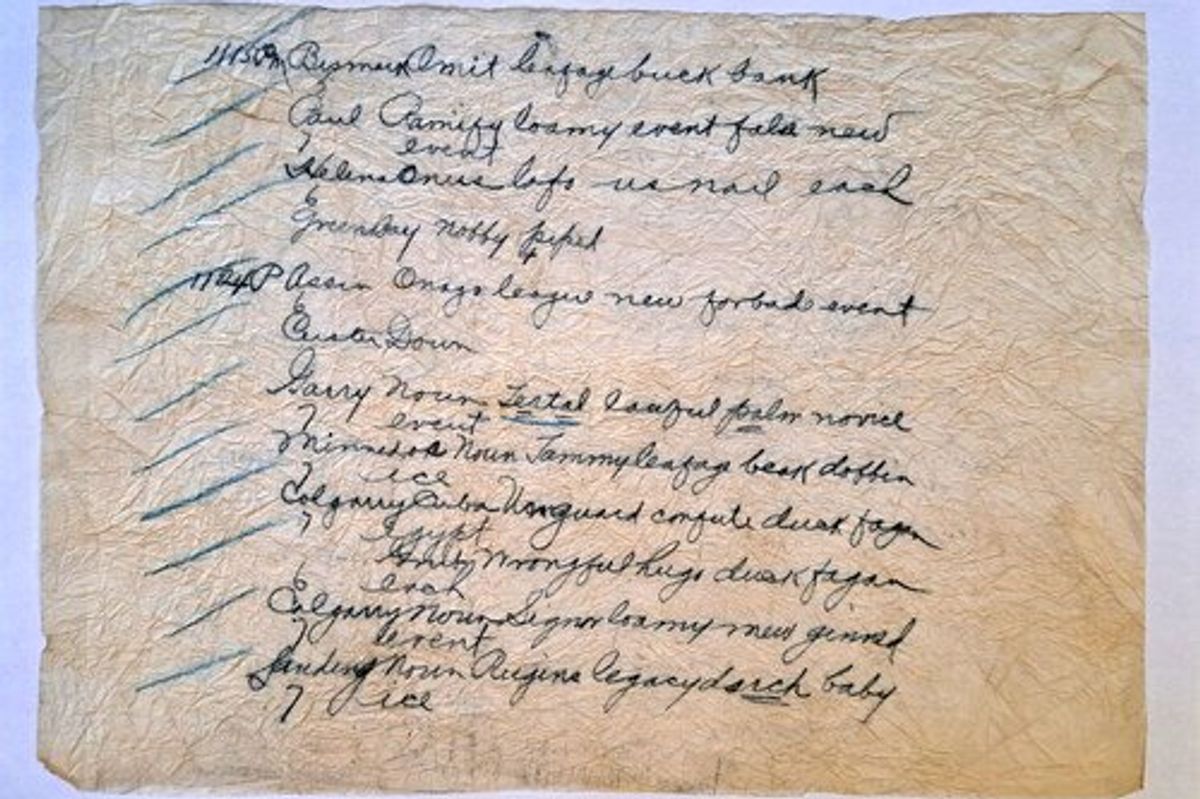
Chan explained that the lines were made up of a form of telegraphic code used by the US Army Signal Service and US Weather Bureau back in 1888 to share forecasts between different American and Canadian stations as cheaply as possible.
He noted that each word on a telegram could cost several dollars each which, at the time, was far from pocket change.
Whilst some telegraph codes are known to have been used on a wide scale, this particular system was only employed by a select group of government officials who were charged with creating a national weather map, as Science Alert notes.
Chan explained that because the messages were all but worthless after translation, they were "rarely archived,” which is why the code had been all but forgotten.
However, thanks to a US Army codebook from 1877 that had been made available online, he was able to solve the (not so exciting) mystery of the Silk Dress Cryptogram.
We could share the letter’s translation now but, to be frank, the content is drier than an August day in Texas.
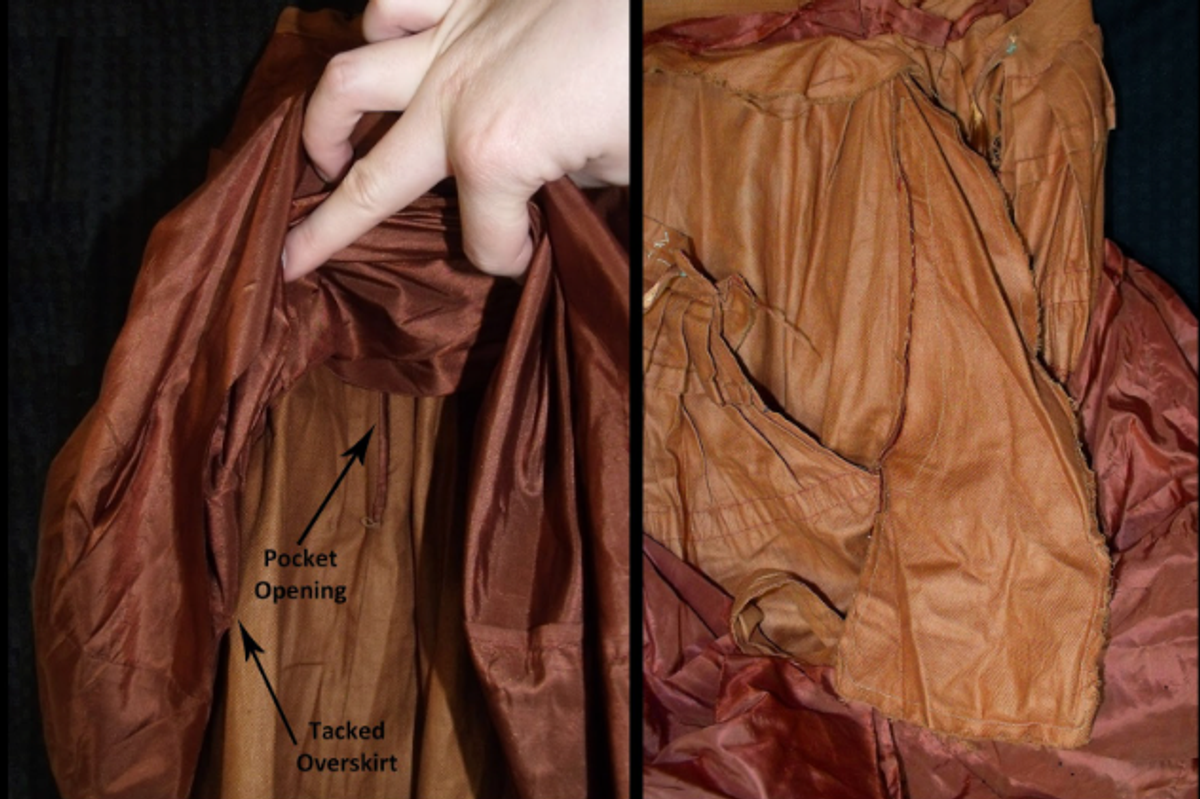
Still, that’s not to take away from Chan’s impressive achievement, particularly when you consider that once he’d decoded all the lines, he managed to pinpoint the exact date the code was describing.
Using national weather data from the US and Canada, he concluded that it was most likely May 27, 1888.
On that day, each local forecast most likely converged at a telegraph room in Washington, DC, Science Alert reports. And although no women would have worked there as operators, they did hold other administrative positions, such as clerks and typists.
"It is therefore quite possible that the clerical staff may have handled the coded messages and that the owner of the dress could have been among them," Chan suggested.
Nevertheless, just why this woman – who we know only as Bennett, thanks to a handwritten name tag on the dress – tucked the papers into a “barely accessible” concealed pocket remains a mystery.
Perhaps give it another 10 years and someone will find the answer to that question, too.
Sign up for our free Indy100 weekly newsletter
Have your say in our news democracy. Click the upvote icon at the top of the page to help raise this article through the indy100 rankings
Top 100
The Conversation (0)
